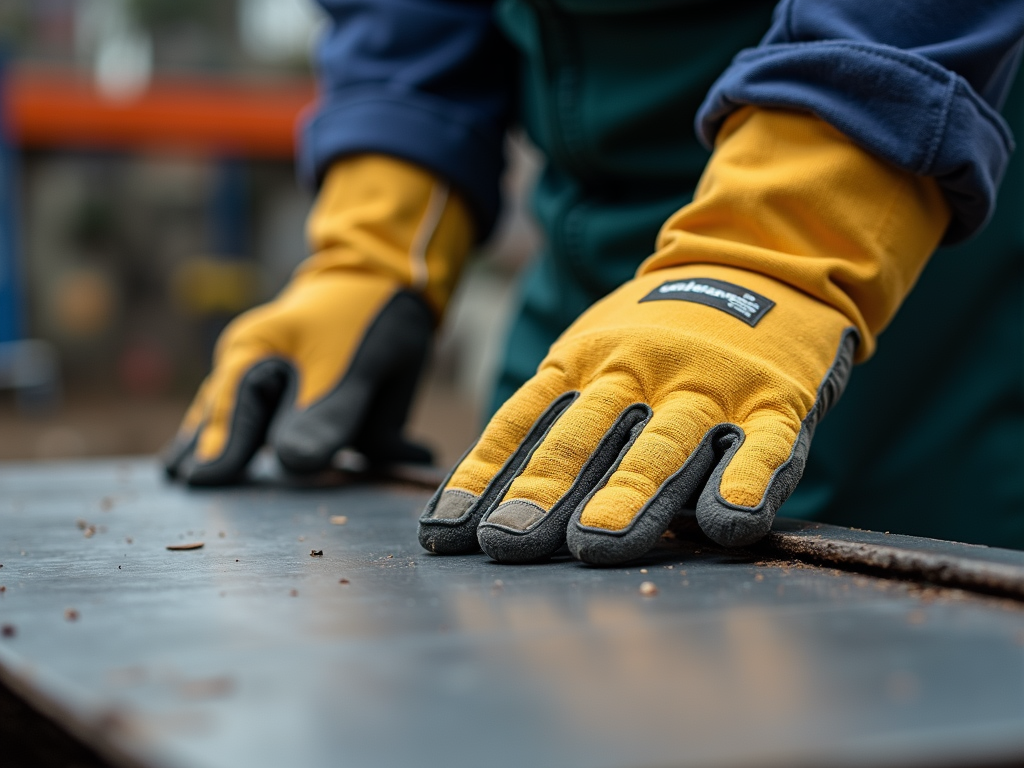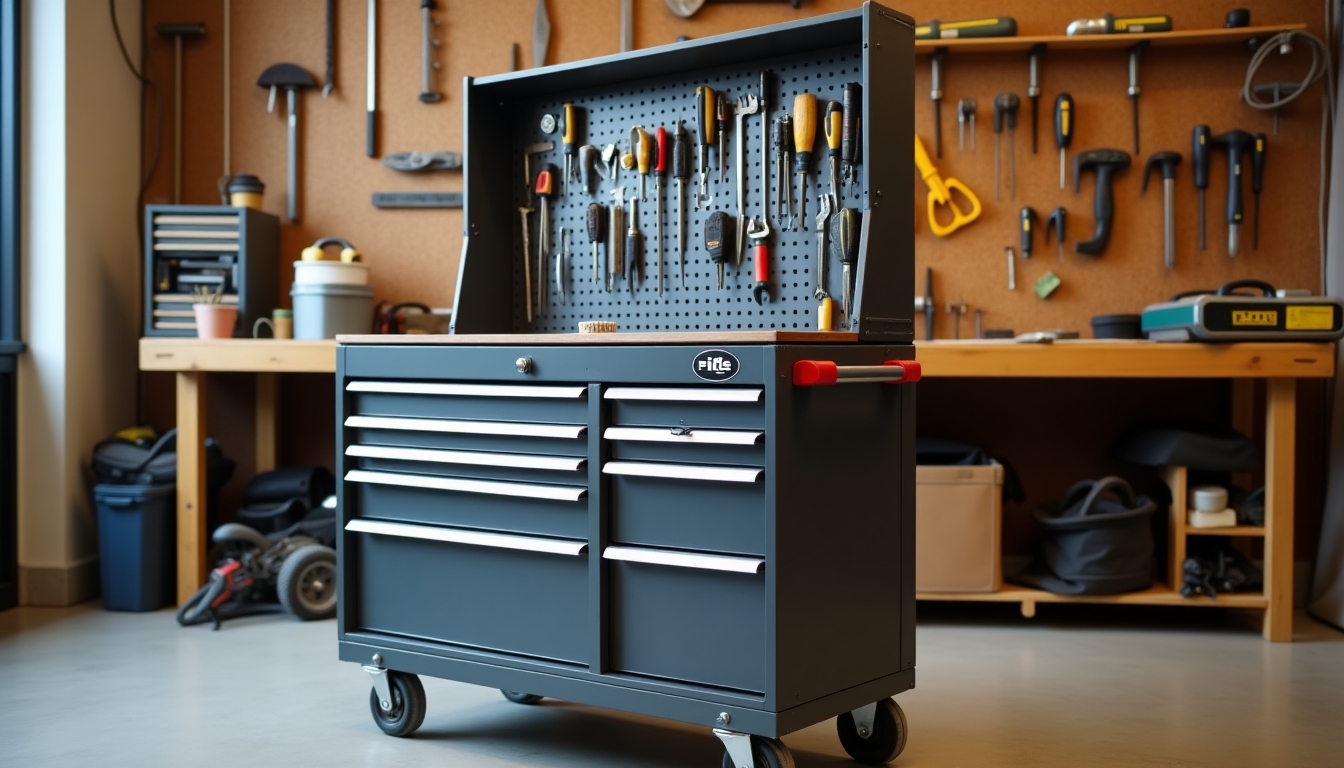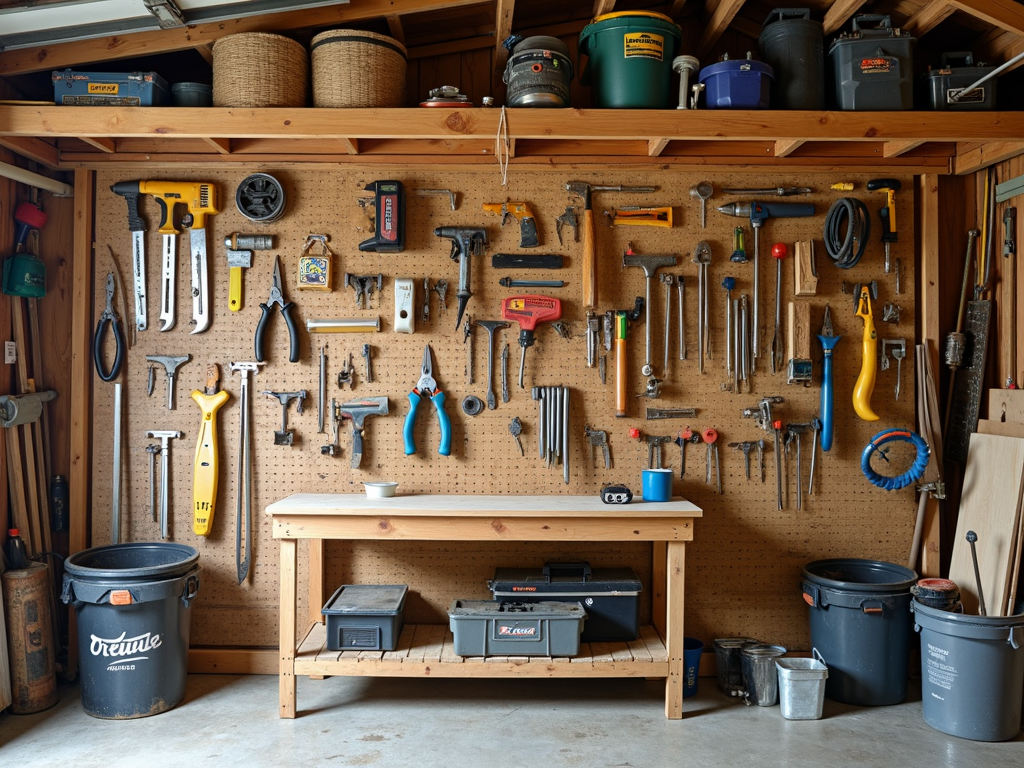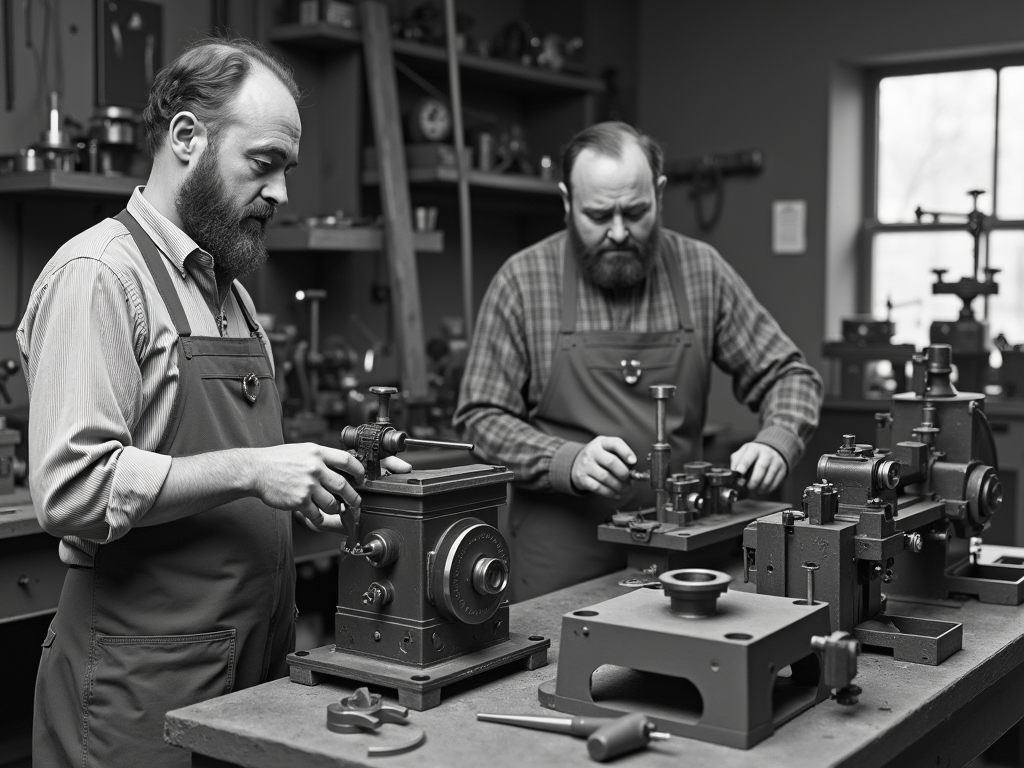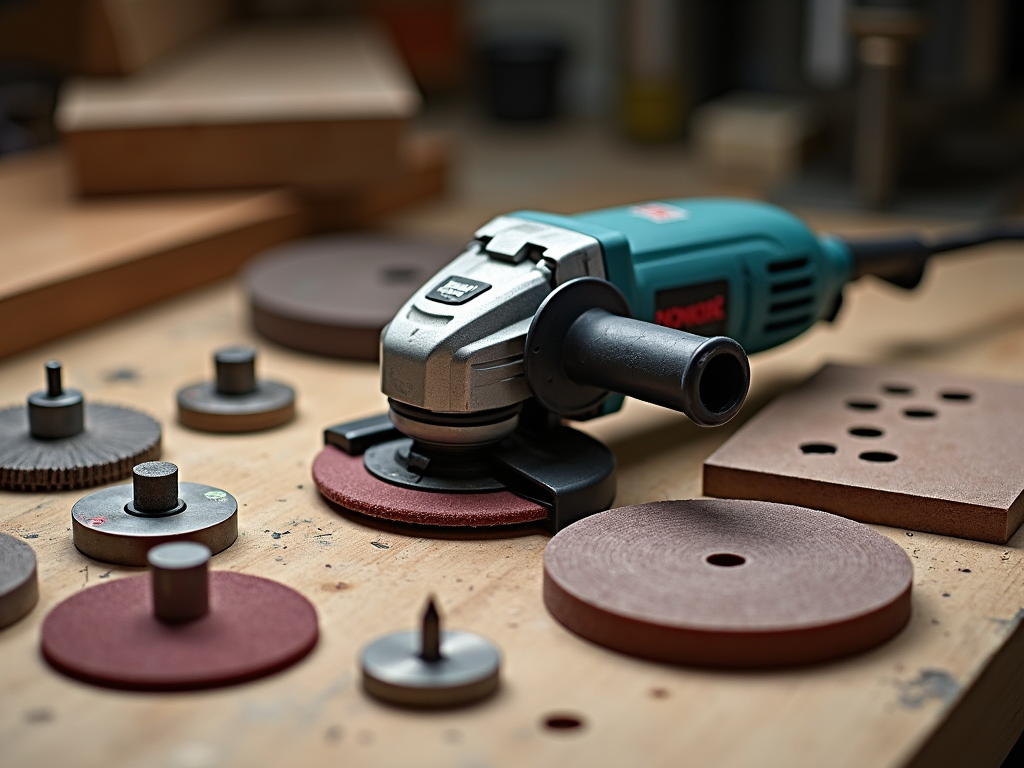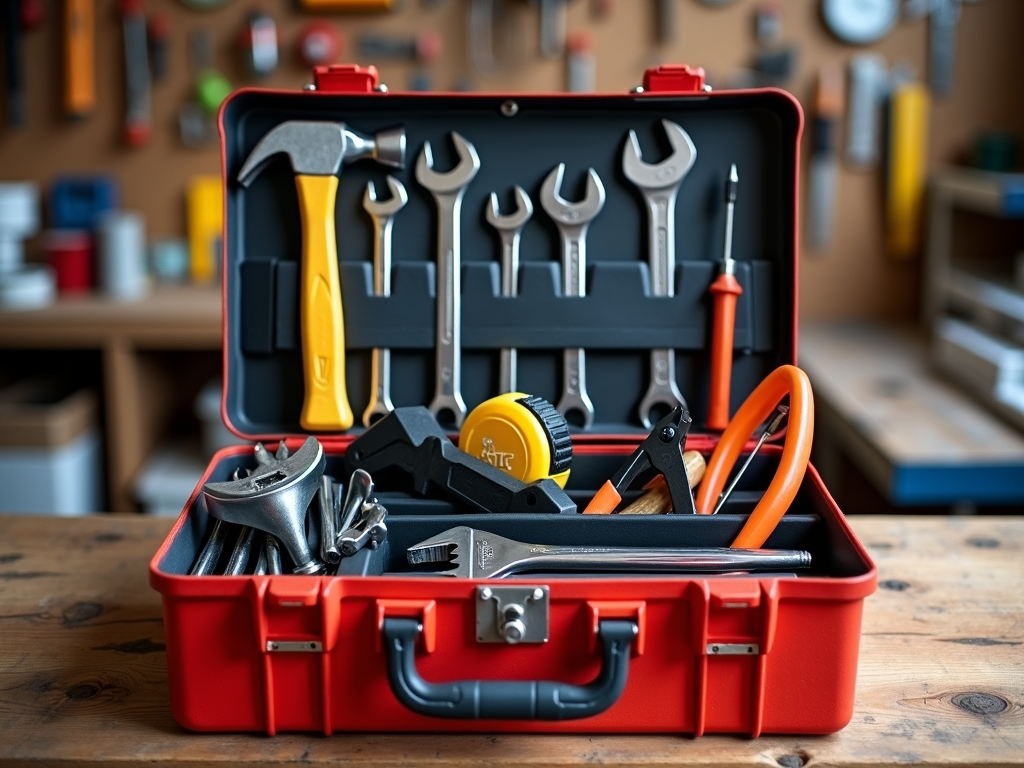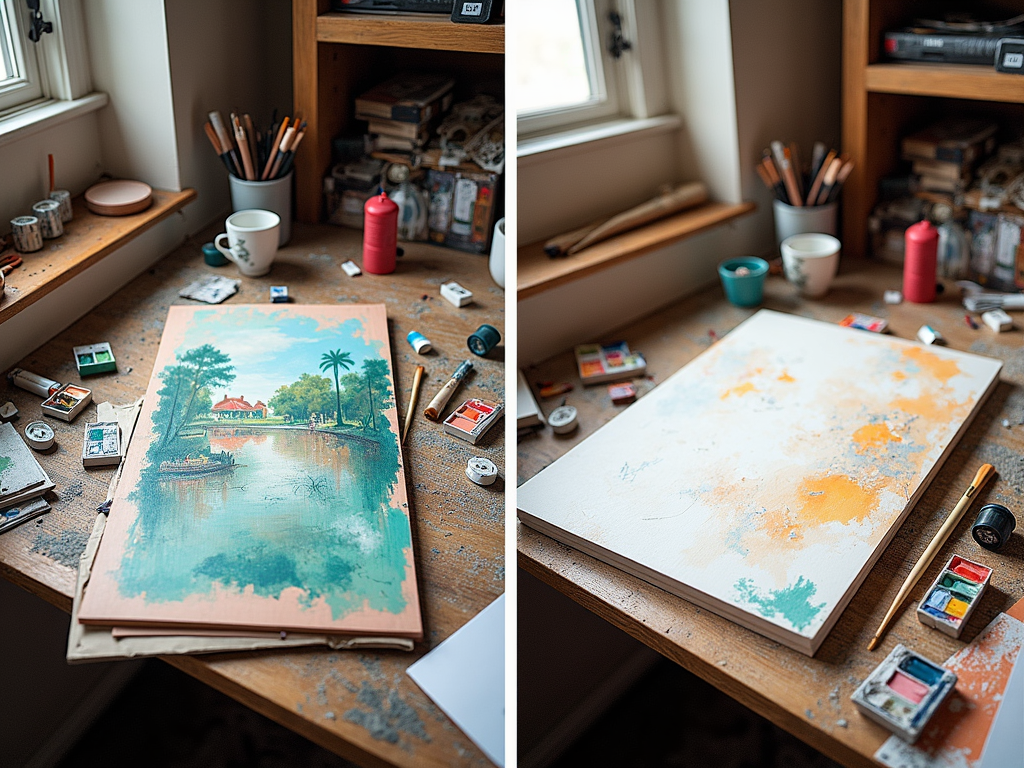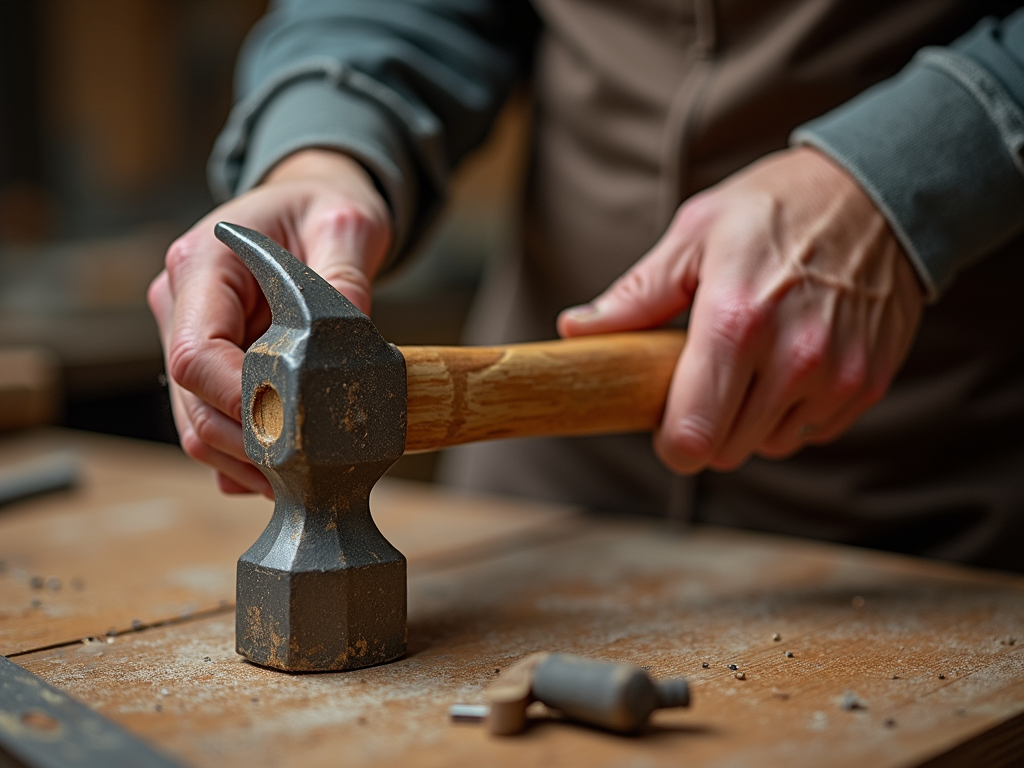Overview
Ready to dive into DIY projects for beginners? This article walks you through getting started with basic tools, from must-have workman tools to cutting essentials, offering practical tips to build your skills safely and confidently.
What Is DIY and Why Try It?
DIY stands for "Do It Yourself." It’s about tackling tasks—like fixing a chair or crafting a shelf—that you’d usually pay someone else to handle. I remember my first project: a wobbly bookshelf that taught me patience and precision. People love DIY because it’s fun, saves cash, and lets you say, “I made that!”

Why DIY Projects Are Worth Your Time
DIY projects offer big rewards. You save money by skipping professional fees—my homemade coffee table cost me $20 instead of $100! You also pick up skills like measuring or sawing, which grow with every project. Best of all, finishing something yourself feels amazing—like a high-five from your own hands.
Your Starter Toolkit: Must-Have Workman Tools
Every beginner needs a solid set of tools. These workman tools are the backbone of any toolbox. Let’s break them down:
- Hammer: Drives nails or pries them out. I suggest a 16-ounce one—it’s light but strong.
- Screwdrivers: Get flathead and Phillips types for screws. A multi-size set saved me on my last lamp fix.
- Pliers: Grip small stuff or cut wire. Needle-nose ones are my go-to for tricky spots.
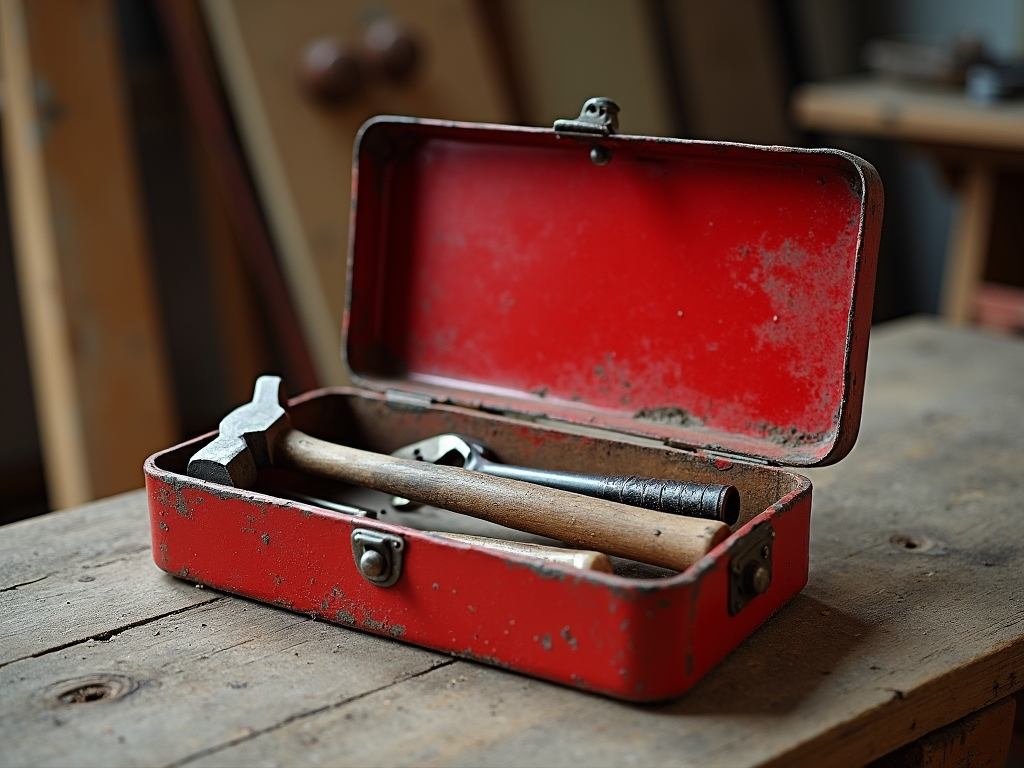
More Essentials for Your Toolbox
Let’s keep building that kit:
- Tape Measure: Measures everything—get a 25-footer with clear numbers.
- Utility Knife: Cuts cardboard or thin wood. Keep the blade fresh; I learned that the hard way with a dull one!
- Level: Keeps things straight. My first crooked shelf taught me its value.
- Safety Gear: Gloves and goggles are non-negotiable—protect yourself every time.
Choosing the Right Tools
Picking tools can feel overwhelming, but here’s my advice: start simple. A $5 hammer works fine—fancy isn’t necessary. Check the grip—does it feel good in your hand? I once bought a cheap tape measure that broke mid-project, so spend a little more on quality where it counts.
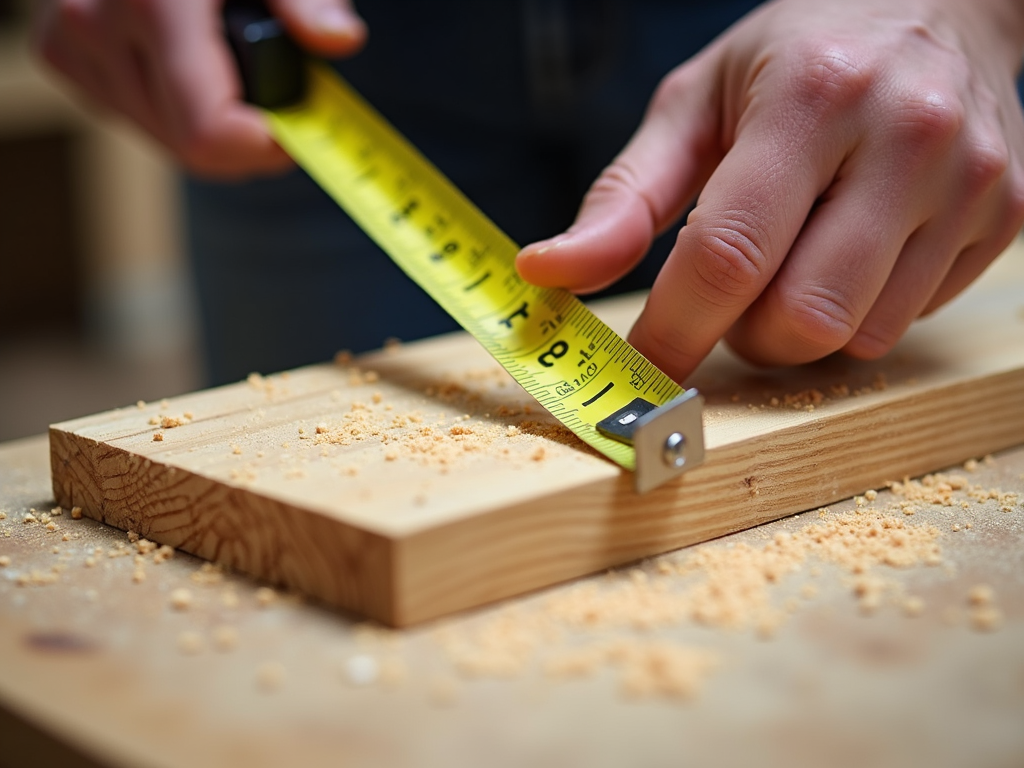
Cutting Tools: The Next Step
Cutting tools open up new project possibilities. They’re key for shaping materials. Here’s what beginners need:
- Hand Saw: Cuts wood easily—no power needed. I use mine for everything from shelves to garden stakes.
- Hacksaw: Tackles metal or plastic. Its thin blade makes clean cuts.
- Scissors: Handy for fabric or paper. Keep a sharp pair just for DIY.
Using Cutting Tools Like a Pro
Cutting sounds simple, but there’s a trick: steady hands. Clamp your material down—I’ve had wood slip and ruin a cut. Go slow with the saw; rushing bends the blade. My first hand saw cut was jagged, but practice made it smooth.

Safety First: Protect Yourself
DIY is fun until someone gets hurt—so stay safe. Wear goggles; a wood chip once flew into my eye without them. Gloves save your hands from splinters. Check your tools—my old hammer’s loose head nearly flew off once. Slow and steady beats fast and sloppy every time.
Top Safety Tips for Beginners
Here’s a quick list to keep you safe:
- Light It Up: Work where you can see clearly.
- Read Up: Follow tool guides—don’t guess.
- Store Smart: Keep tools out of reach when done.
I learned these after a few close calls—trust me, they matter.
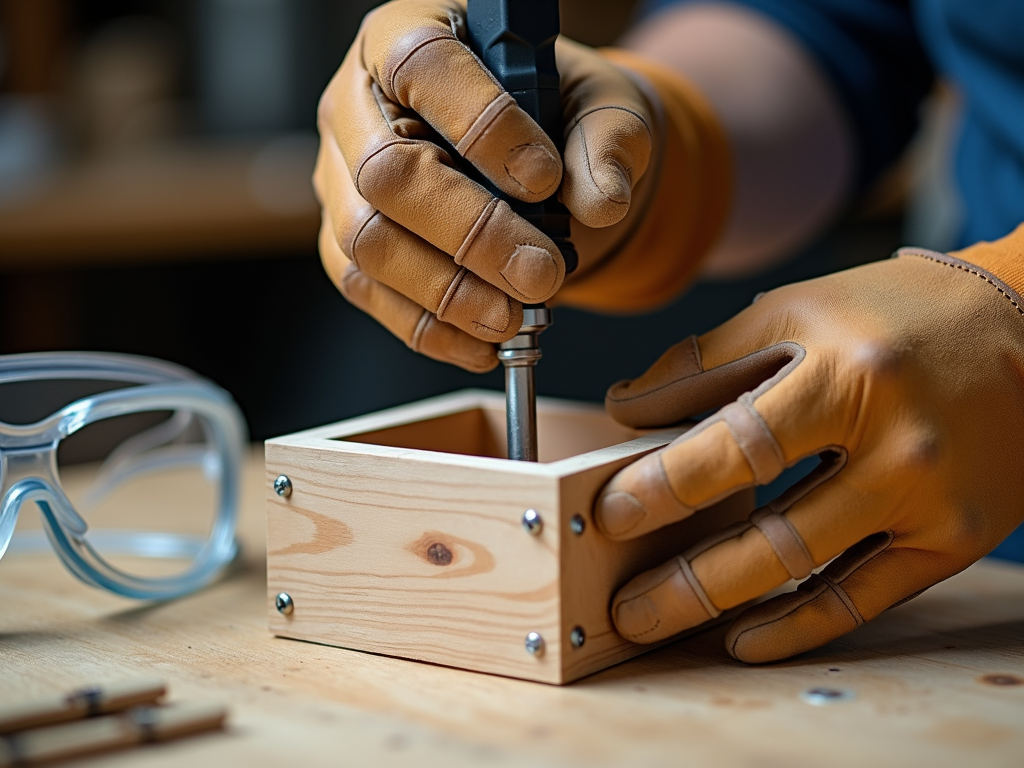
Getting Started: Your First Project
Start small—a birdhouse or picture frame. Measure twice, cut once—my first project taught me that after a wasted board. Use your basic tools and enjoy the process. Mistakes happen; my wonky birdhouse still hangs proudly outside.
Growing Your Skills
Each project builds your confidence. I went from a shaky shelf to a sturdy desk in a year. Stick with your must-have workman tools, master cutting tools, and soon you’ll tackle bigger dreams. It’s all about starting where you are.

Wrapping Up: Your DIY Adventure Begins
DIY projects for beginners are all about starting with basic tools and growing from there. With your toolbox ready and safety in mind, you’re set to create. Take it one step at a time—you’ll be amazed at what you can build!
Related DIY Projects for Beginners: Getting Started with Basic Tools:
- Safety First: Protecting Yourself in the Metalworking Shop
- Breaking It Down
- Ultimate Guide to Mobile Storage Carts for Tools
- Tool Maintenance: Tips for Longevity
- The History of Black & Decker: Pioneers of Power Tools
- The Benefits of Using a Rotary Tool: A Must-Have for Every Craftsman
- Essential Tools Every Workman Must Have: A Comprehensive Guide
- Mastering Metalwork: A Comprehensive Guide to Workman Tools
- The Art of Organization: Keeping Your Workspace Tidy and Functional
- The Future of Industrial Automation: Trends, Technologies, and Impacts
- 10 Must-Have Tools for Every Craftsman
- How to Maintain Your Workman Tools for Longevity
